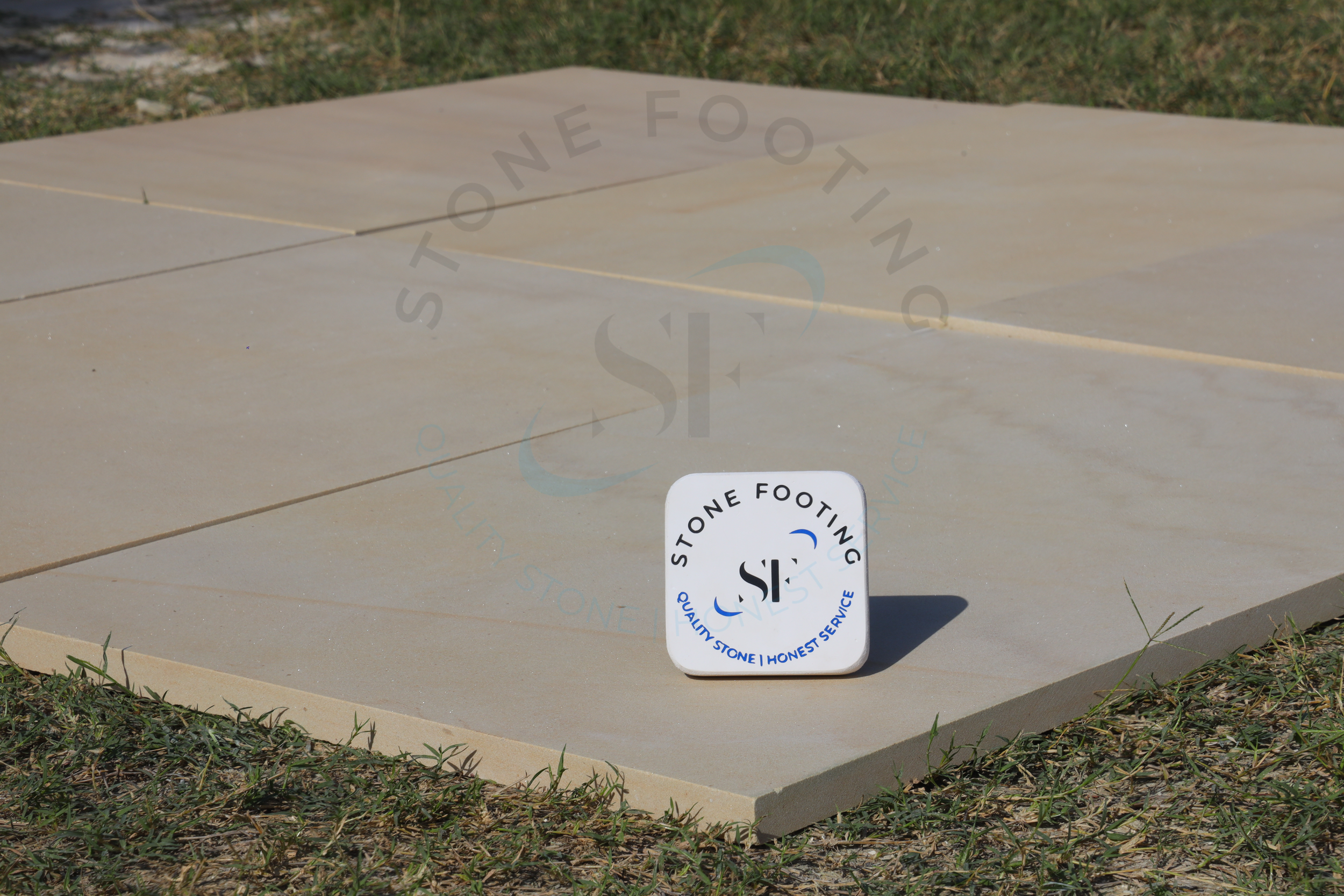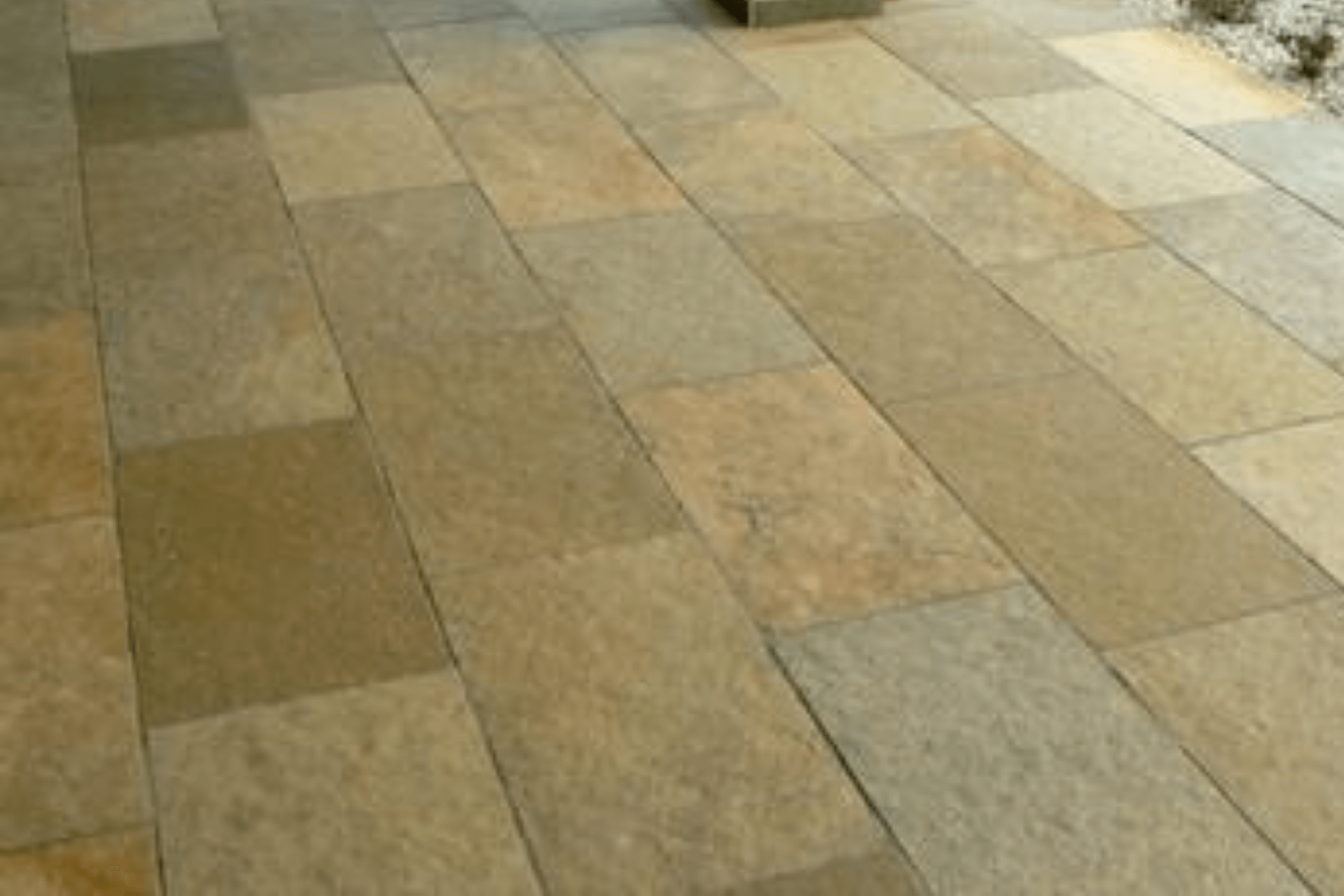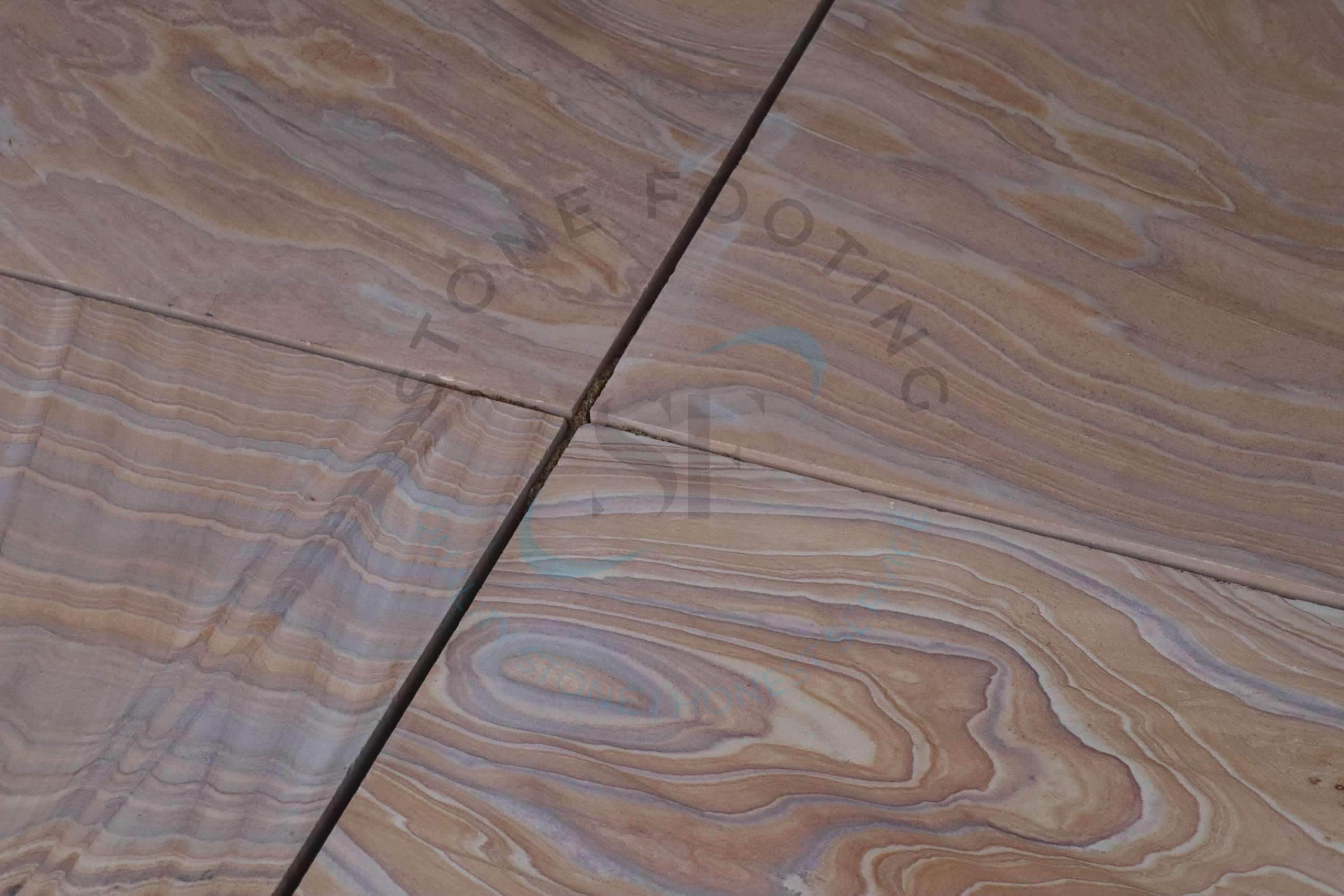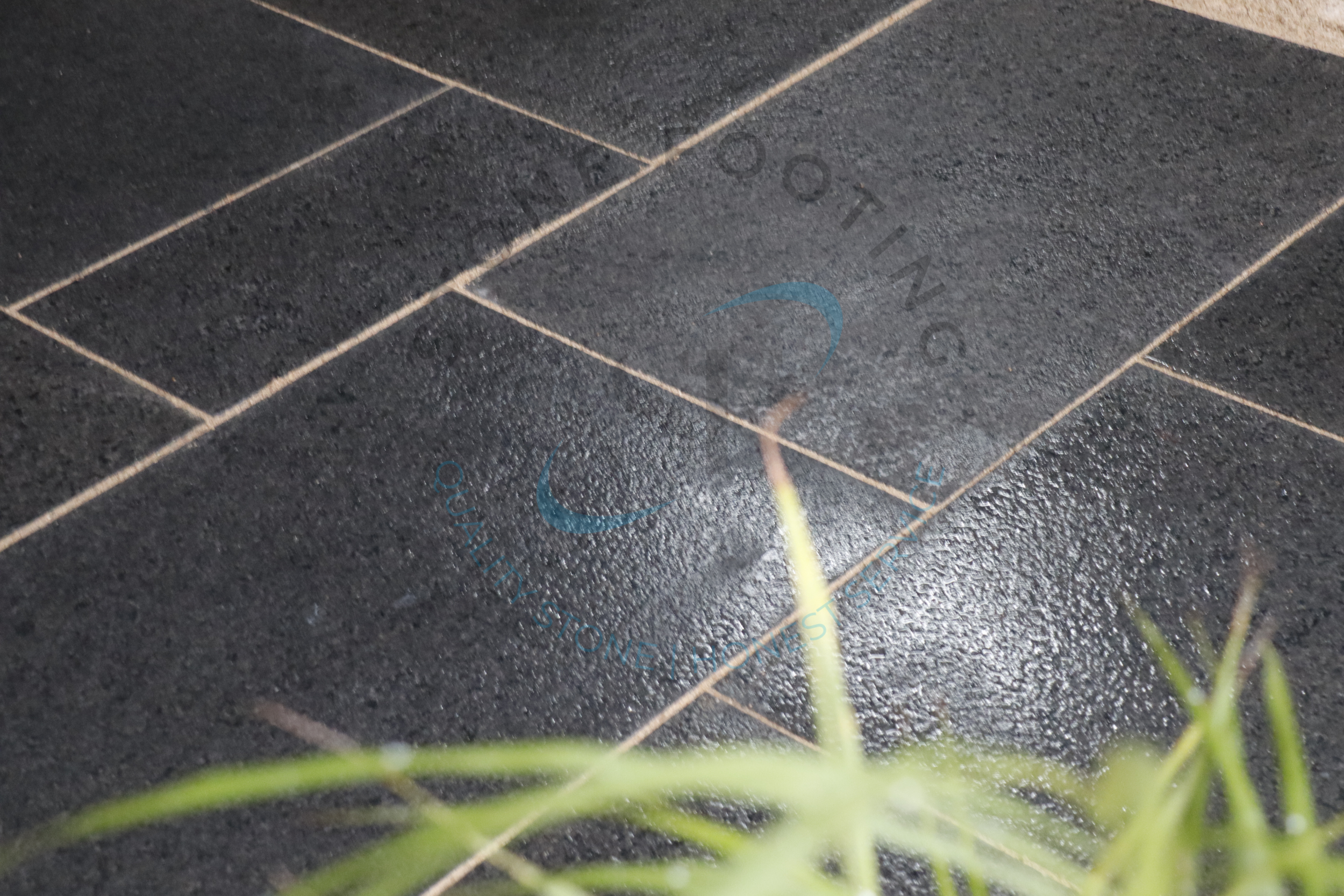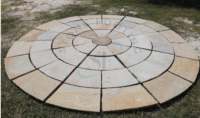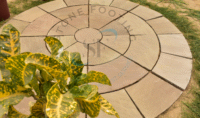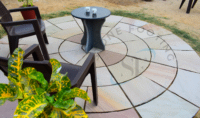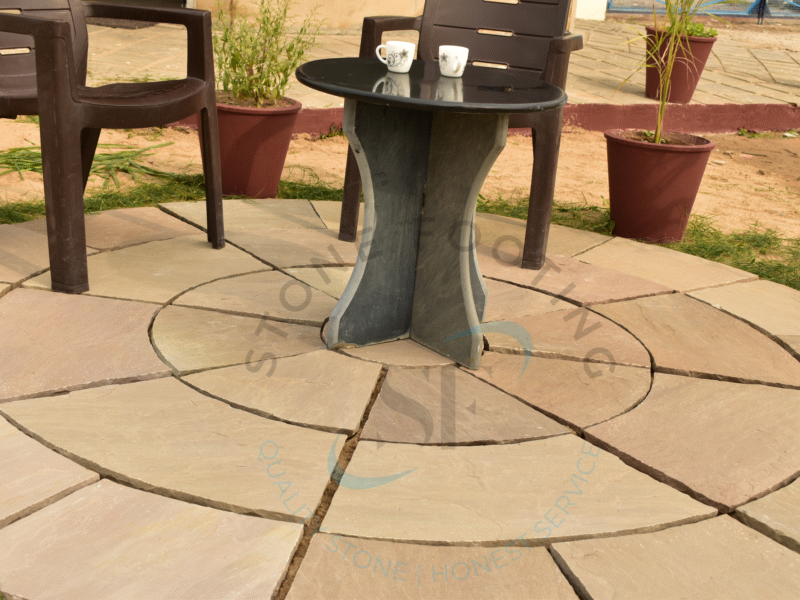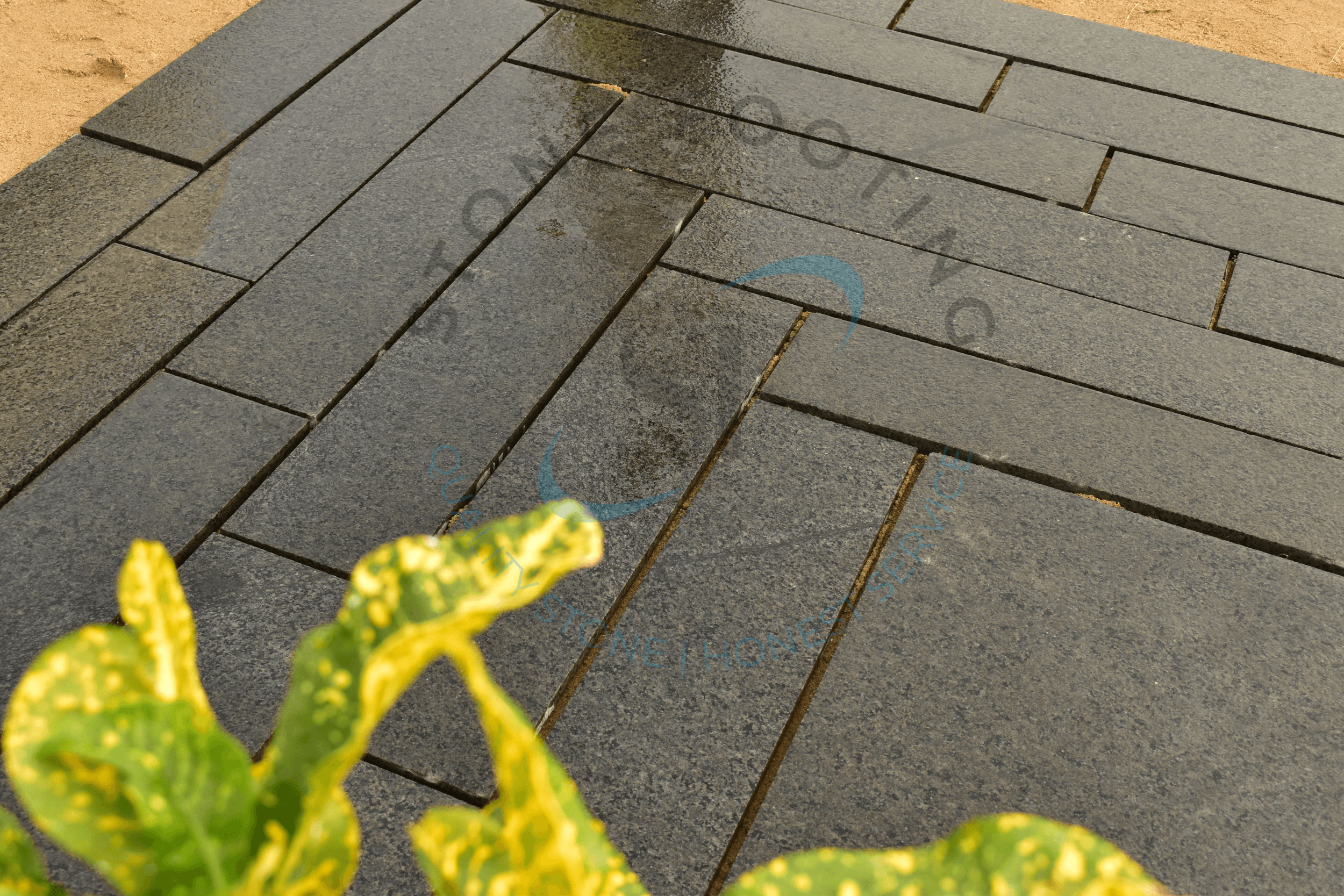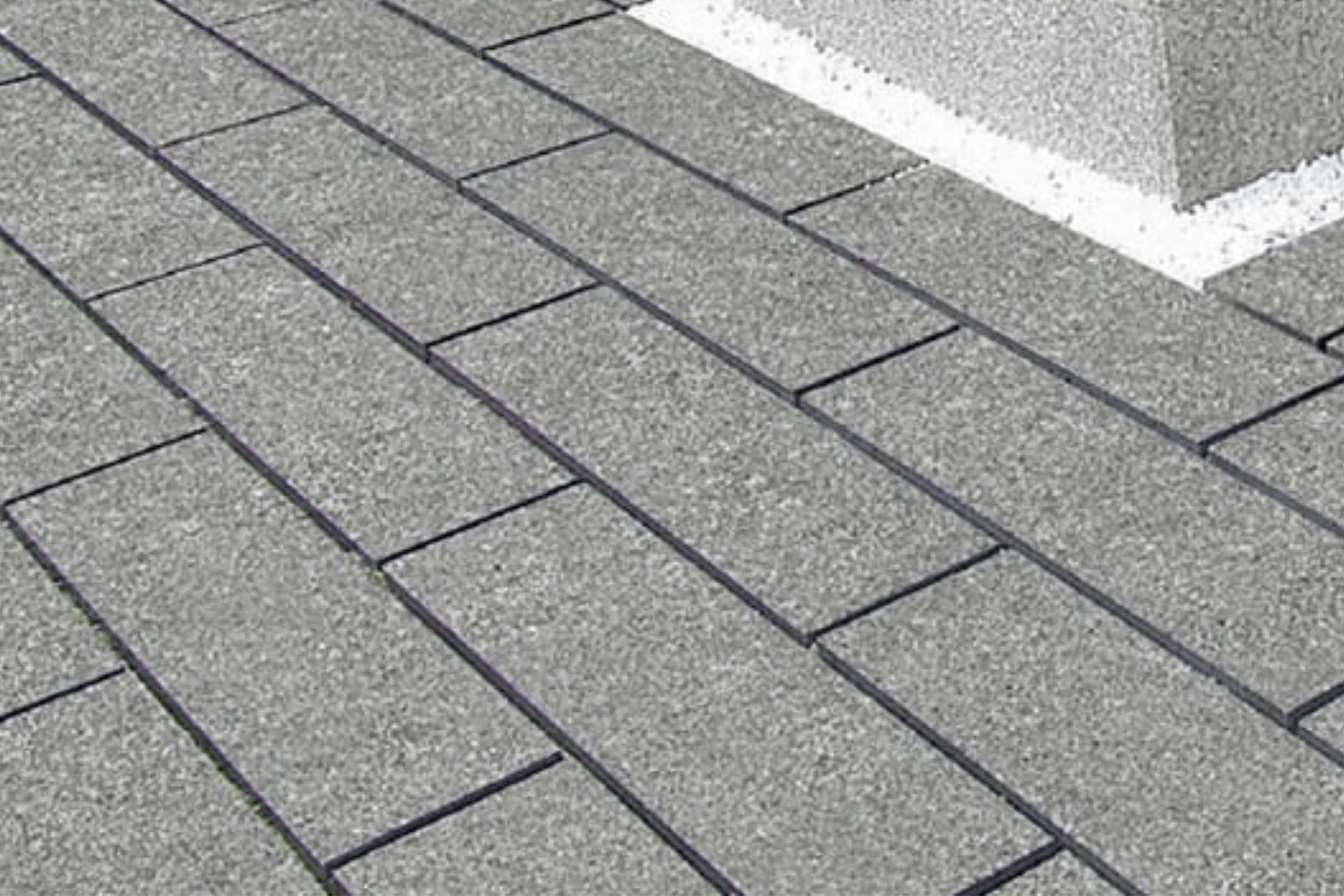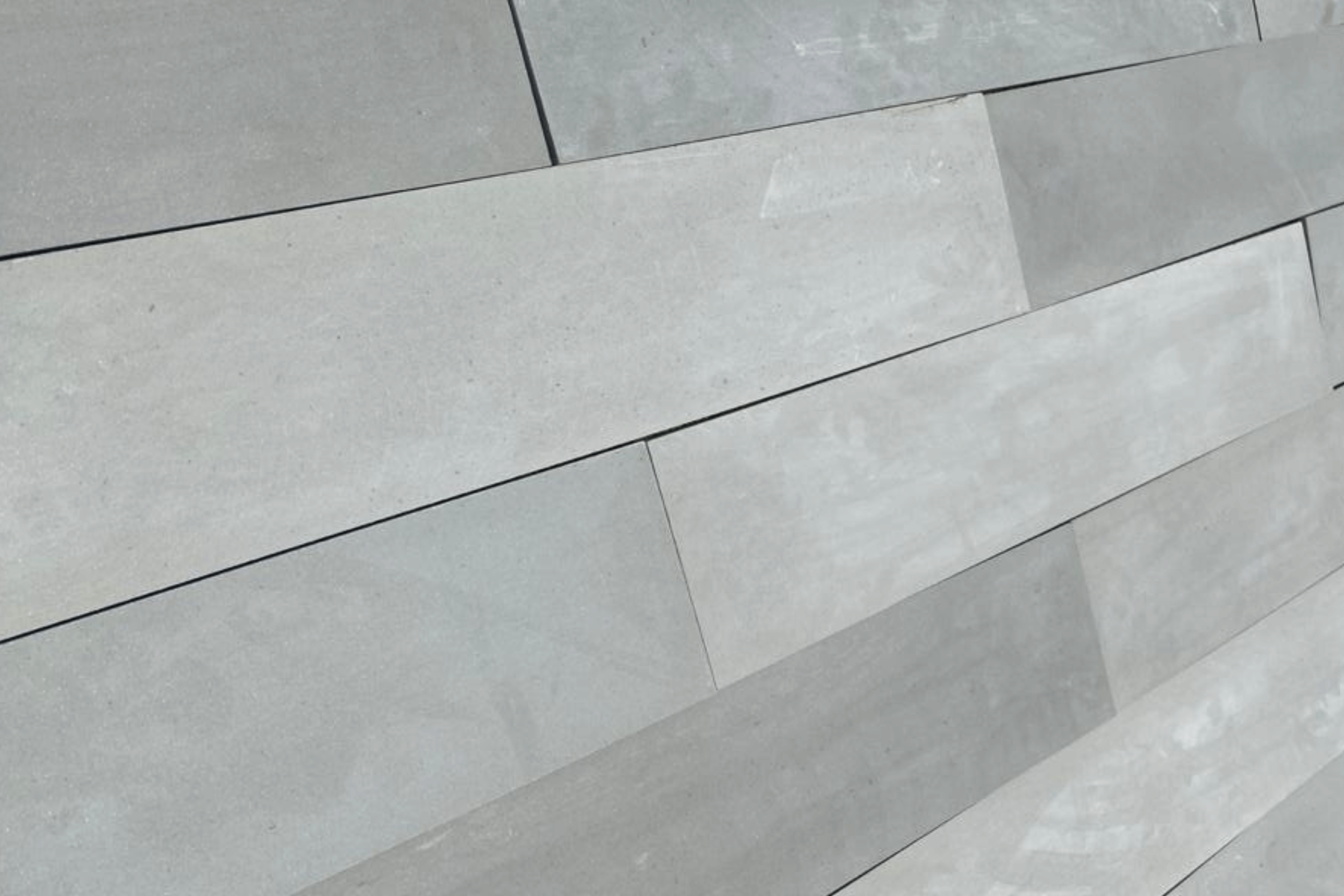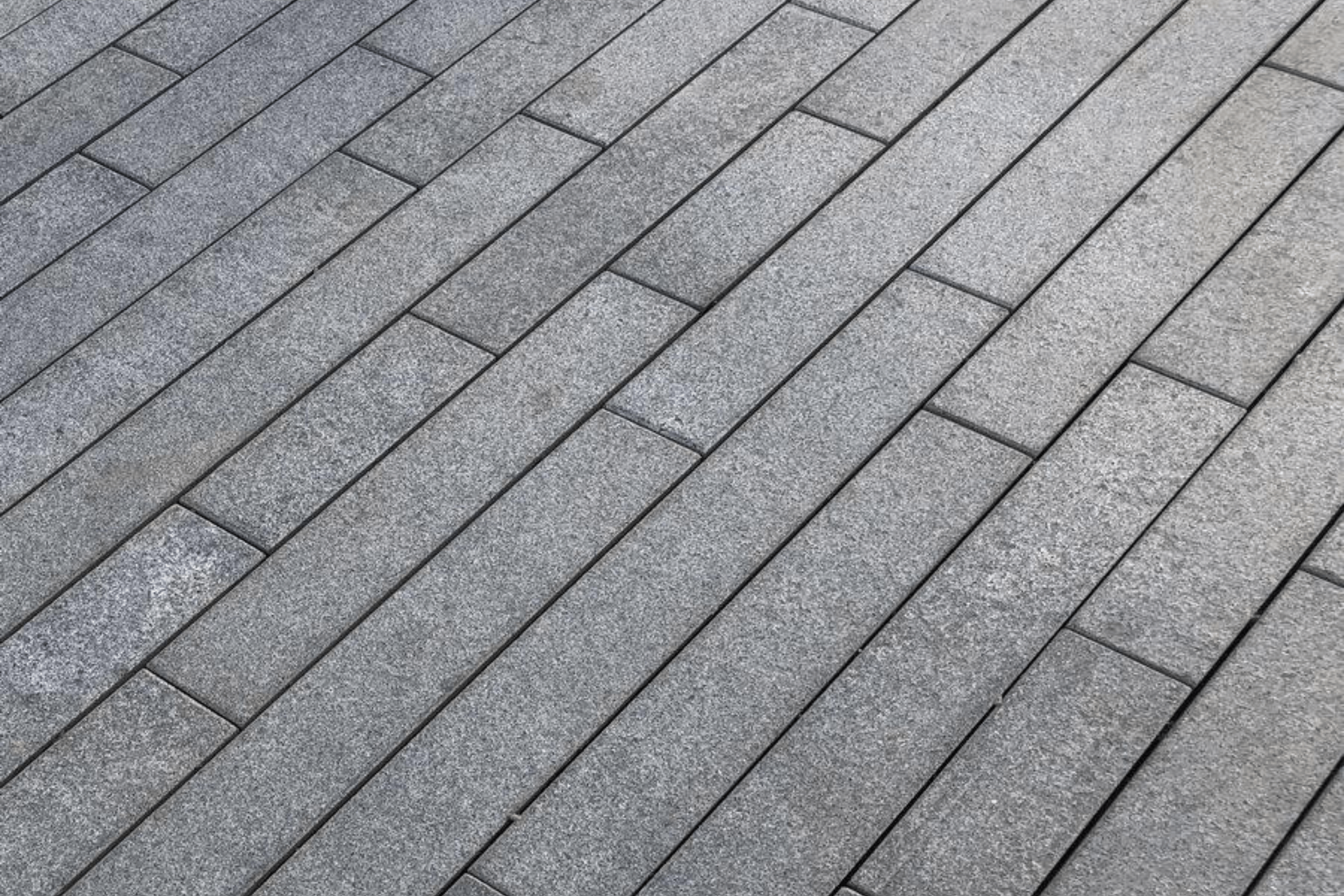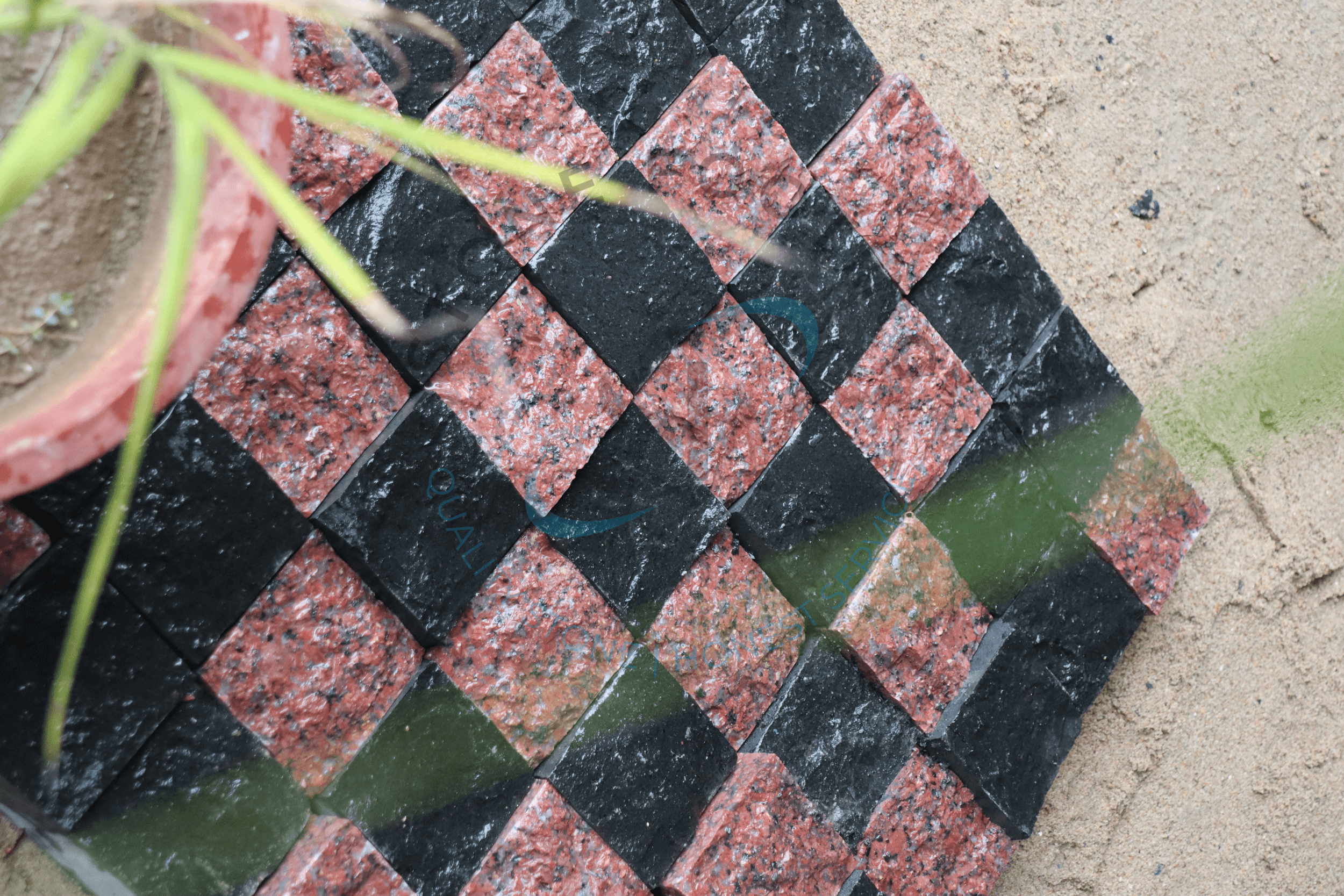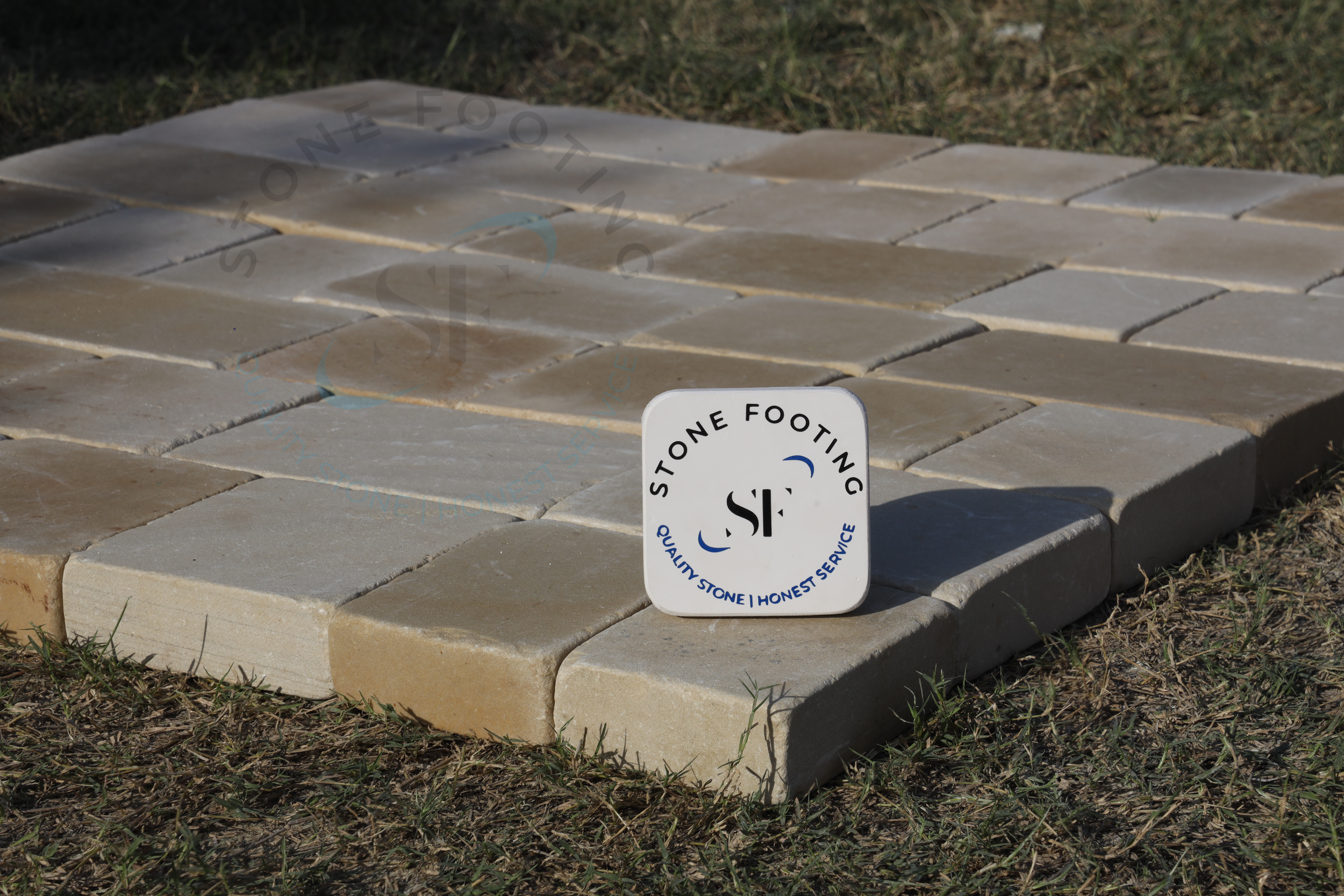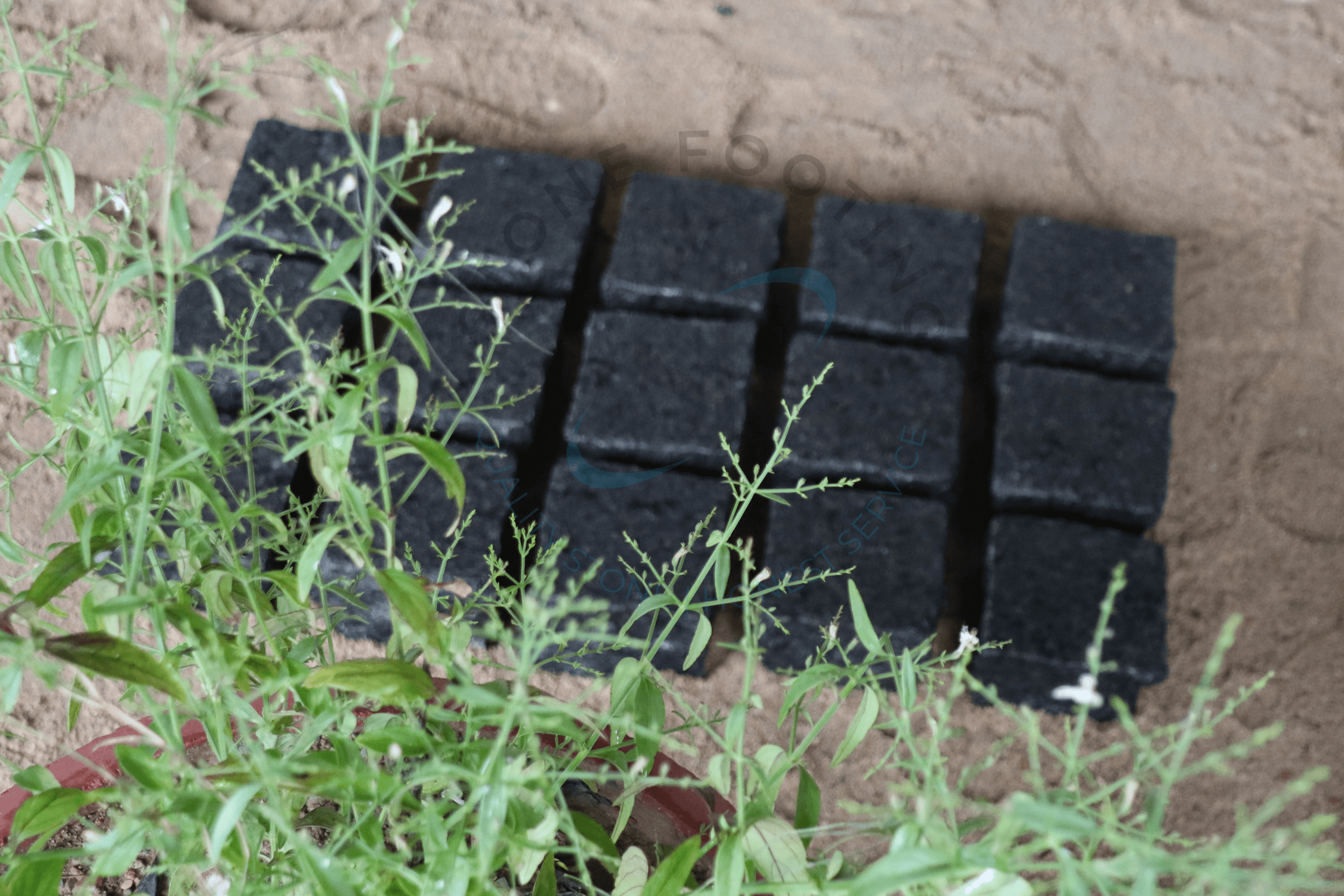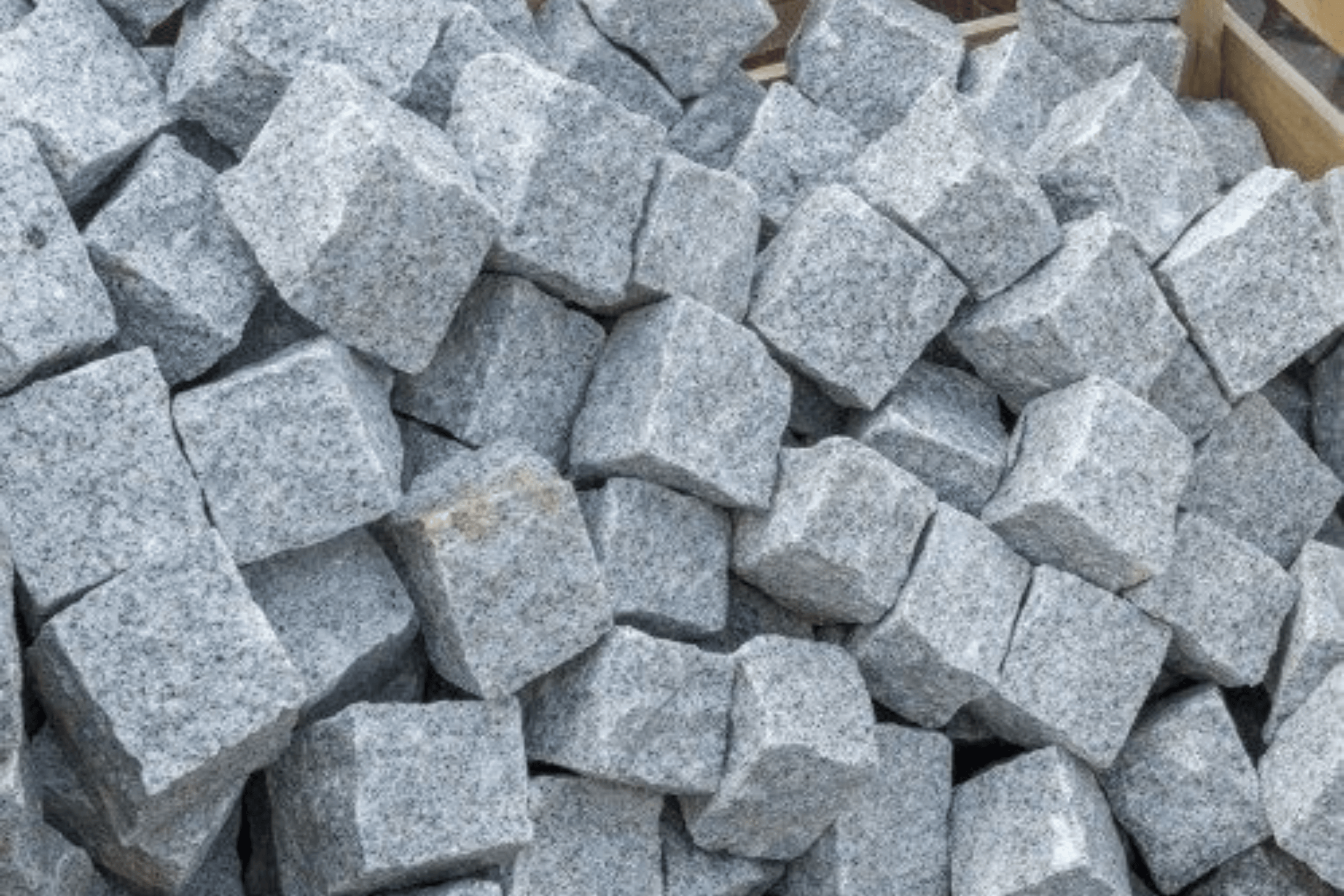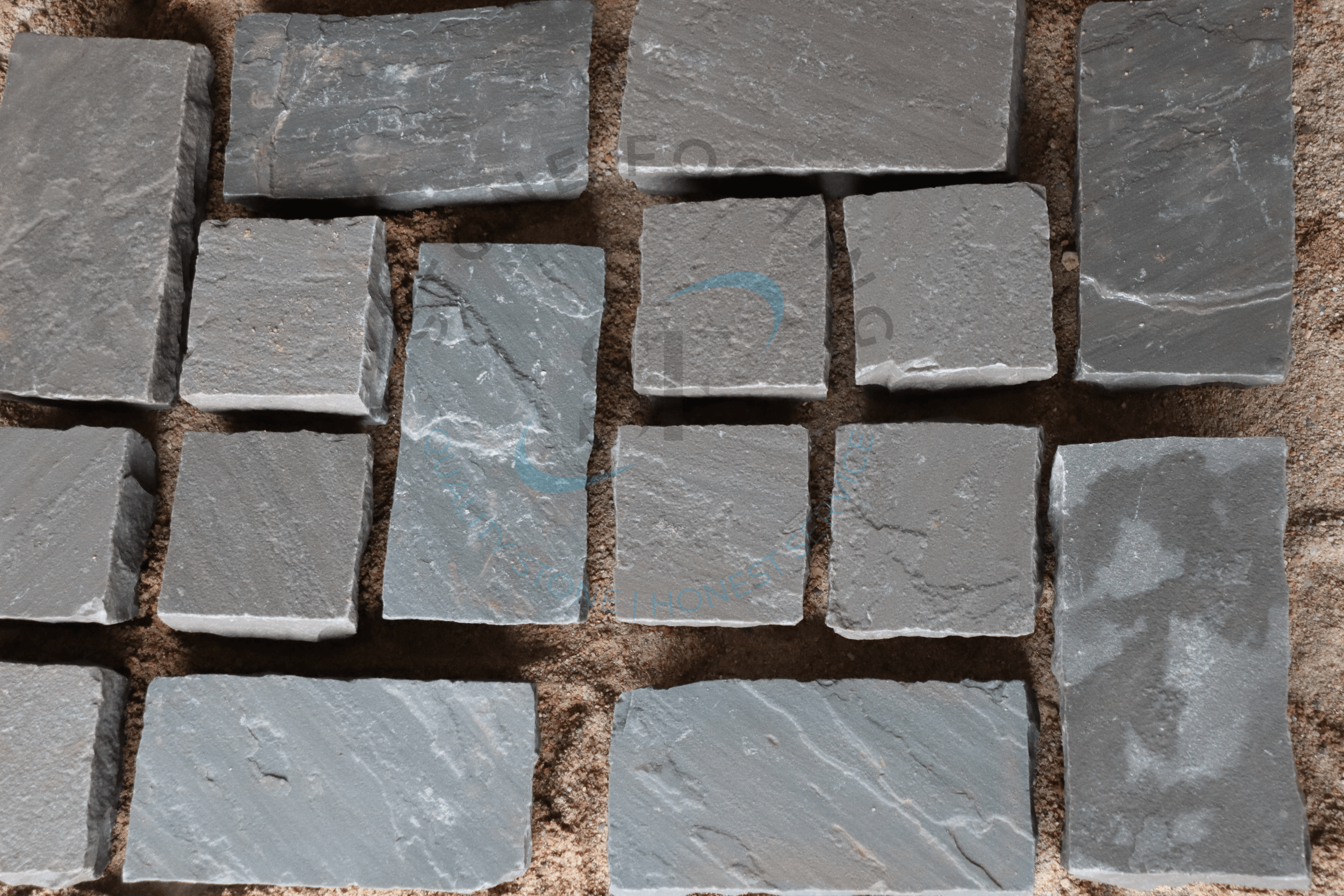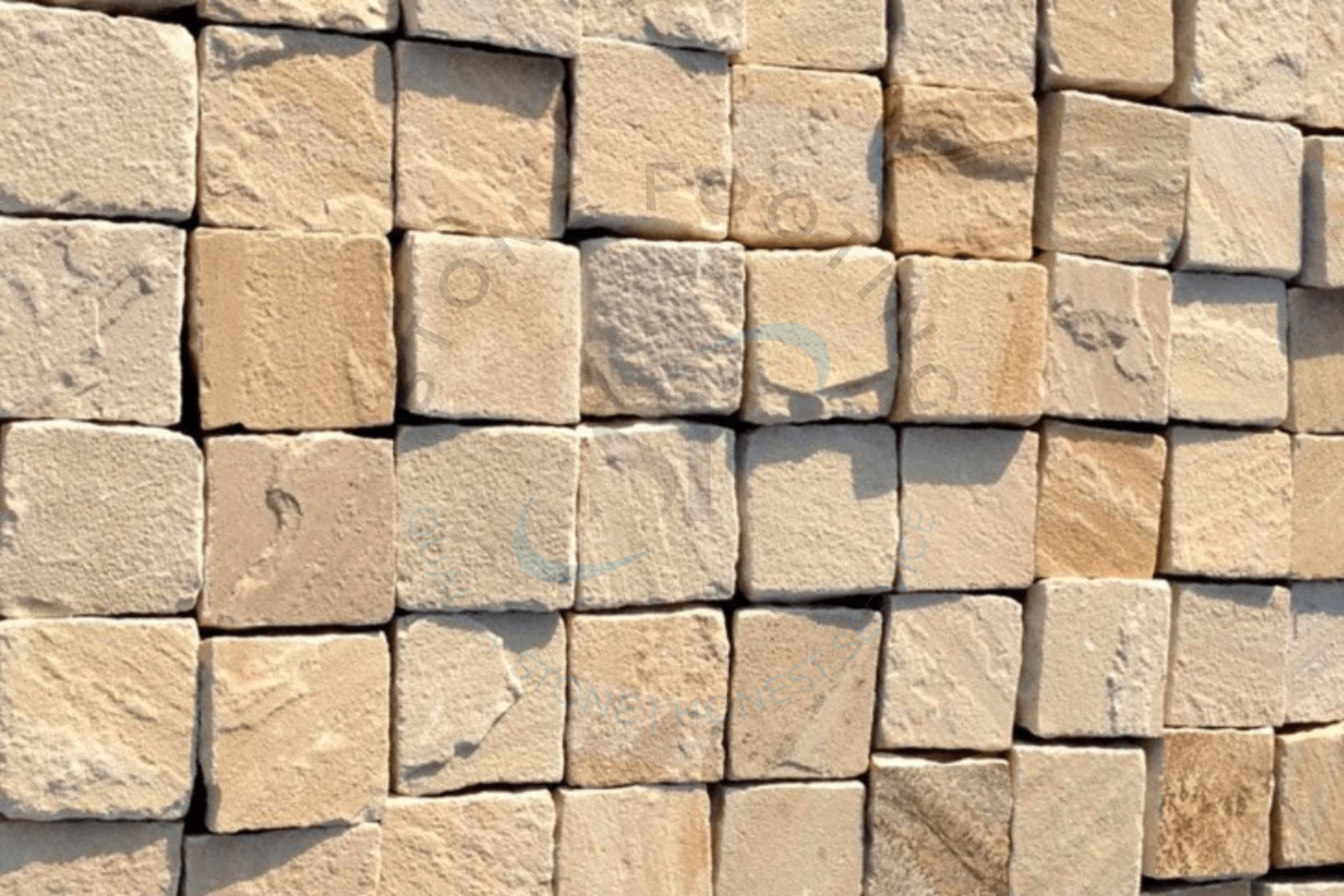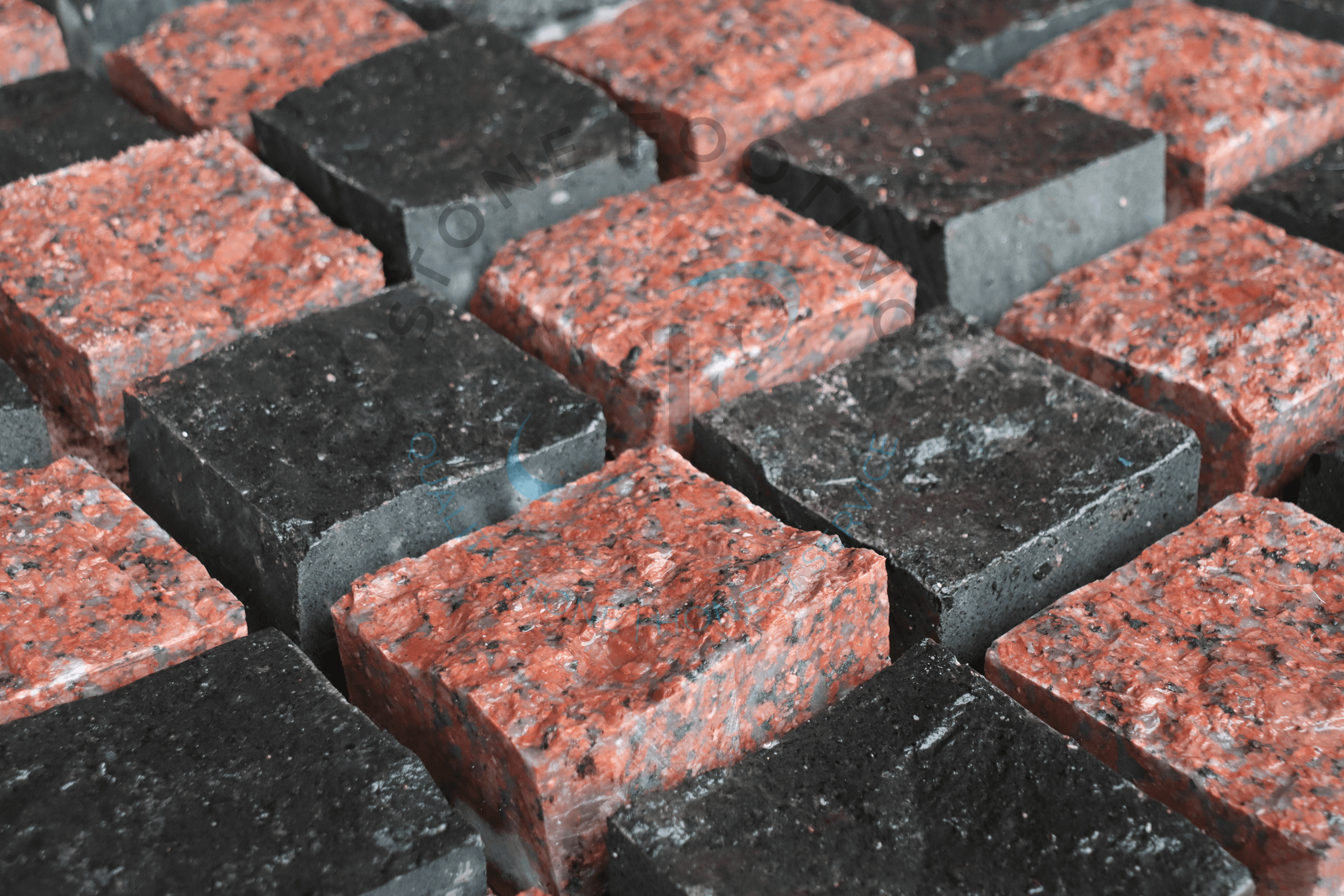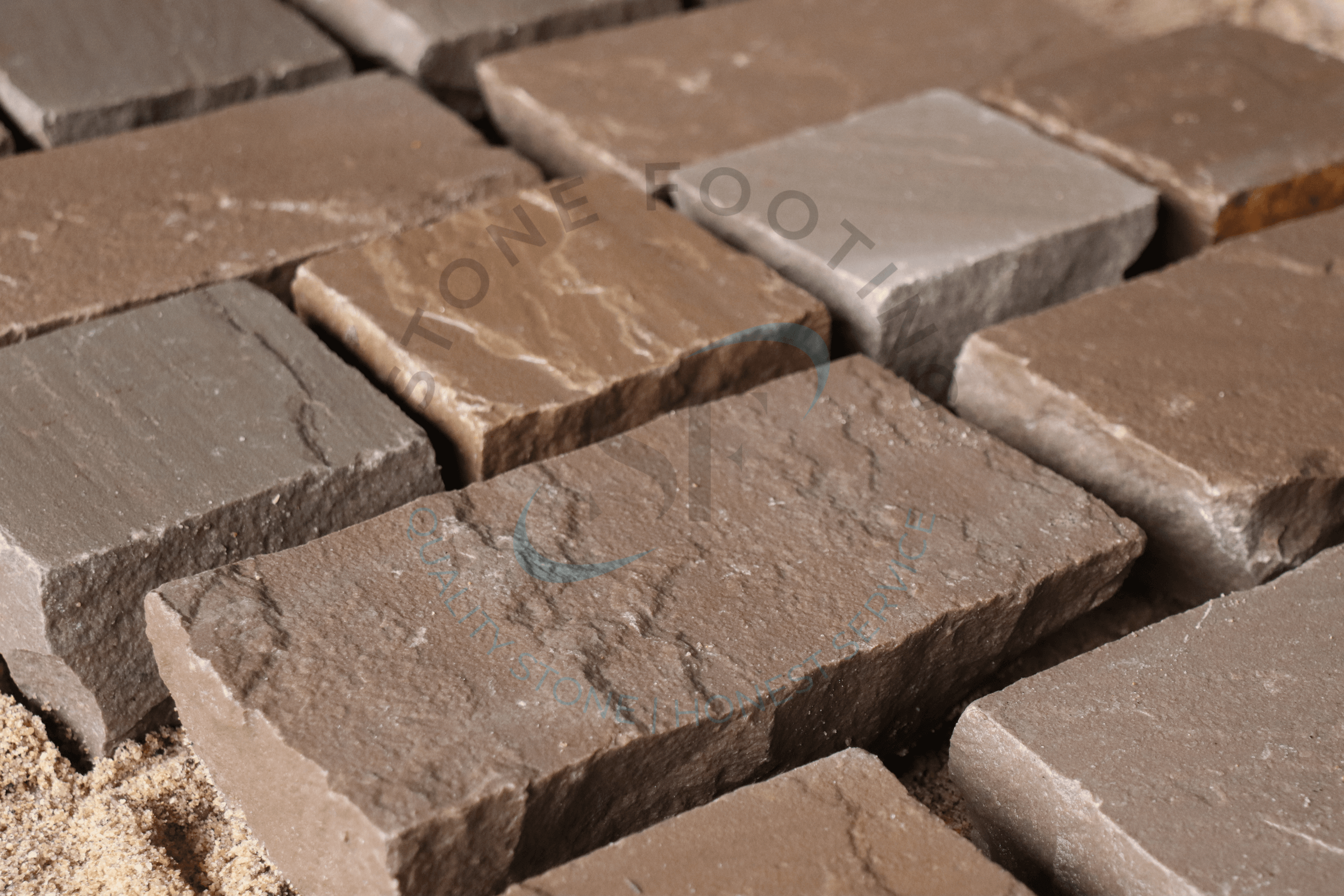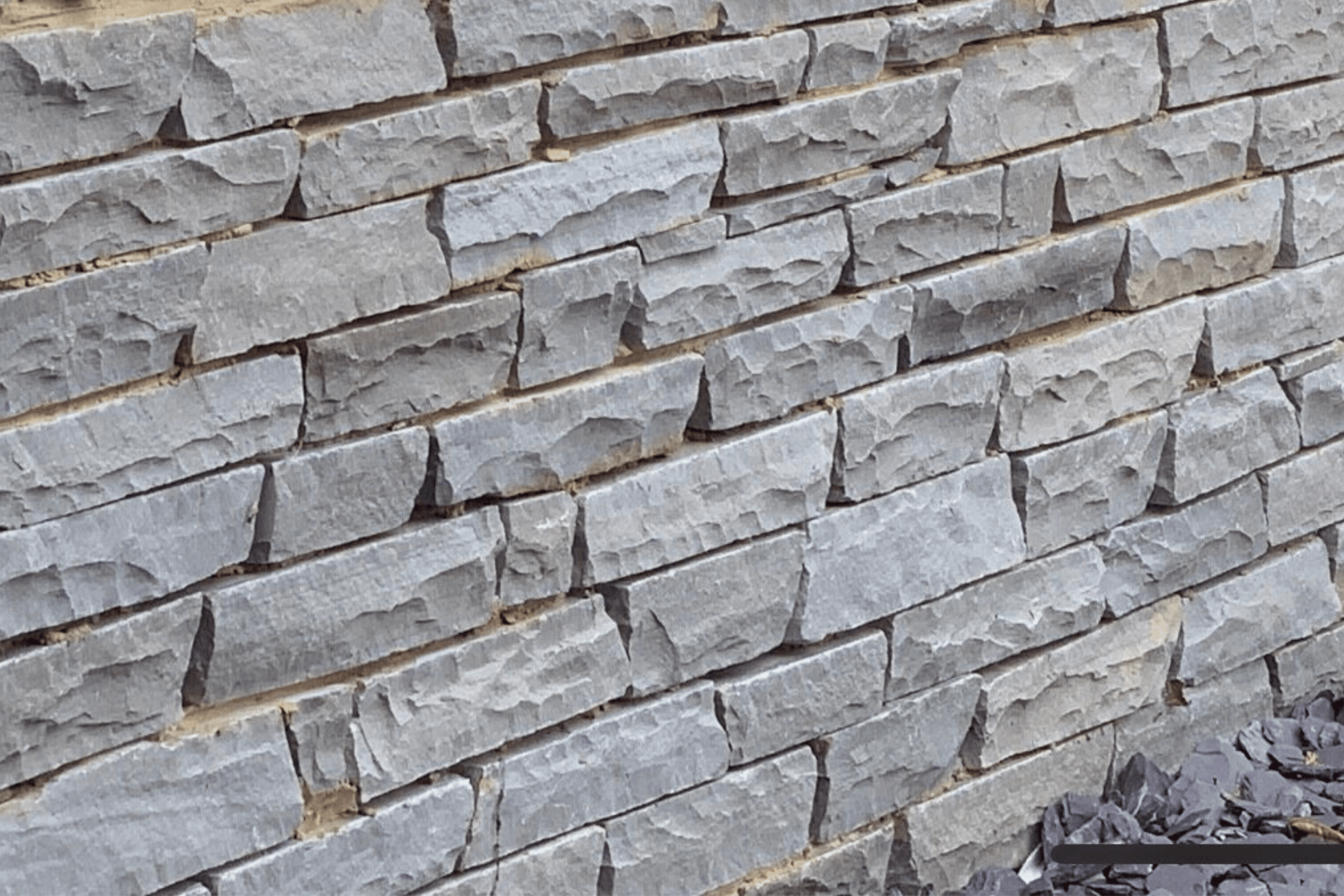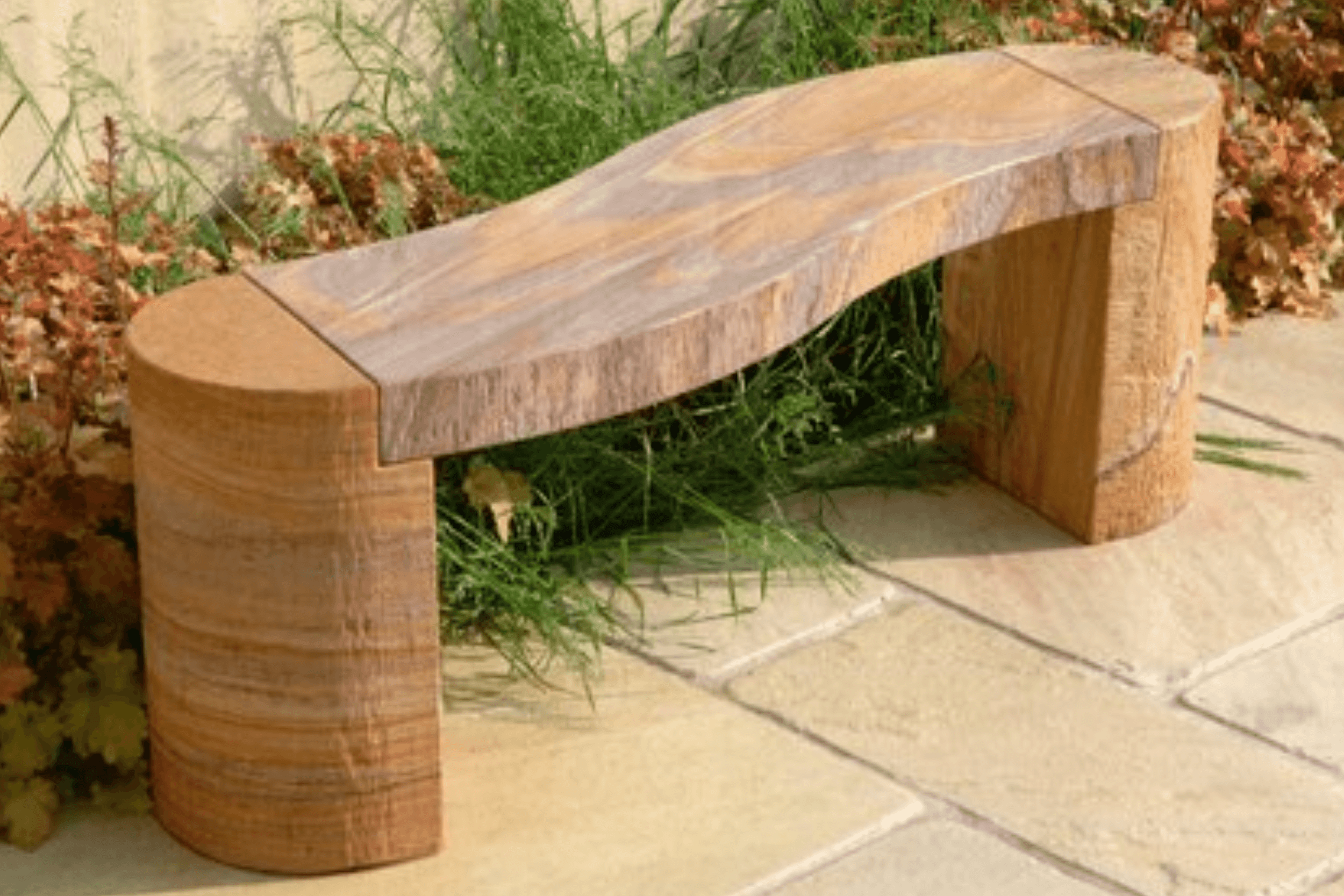Are you looking for a new patio? You may be wondering what type of material to use for your patio if you are. This article will take a closer look at Indian Limestone and compare it to other materials like flagstone or paving stones. The benefits and drawbacks of each type of patio are compared to help you decide which is best for your project.
There are several different types of patio stones. If you are not familiar with them, we’ll now go over the differences between them. The main types are as follows: Stone Sticks – also known as flagstone, are large stones made of natural stone and can be used directly on the ground. The most common type of flagstone is Limestone because it attracts moisture to the ground, but it can also be made from other kinds of natural stone.
Many people install flagstone around their homes as a protective layer for their yard. It is common to place these stones before filling the holes for your other stones. Stone Pavers – Pavers are made of various types of rocks and minerals. They are cut and formed into the shape of a concrete driveway to appear like a polished cement deck. They are usually installed on straight, flat surfaces. All paving stones are made to stand up to vehicles and all weather conditions. Flagstone is most often used for patios and walkways. Concrete is the most common material used for building patios and driveways because of its durability, strength and low cost. Concrete is made of cement, sand and gravel. When added to water, concrete hardens into a material resistant to cracking or splitting.
What are the facts about Indian Limestone?
Indian Limestone is a type of Limestone mined in India and is used for things like buildings and holding tanks. Indian Limestone is often the best option for patios because it can be more durable than other types of Limestone. Indian Limestone is quarried from the Gondwana mountains, located in southern India. Indian Limestone is found in blocks ranging from 2 to 5 feet in length. Indian Limestone has been quarried for over 2,000 years, which is a very long period in the history of the quarries industry.
Many people assume that an Indian Limestone is a form of marble, but it is not. Indian Limestone is more commonly known as marble, which most people call because it is composed of calcite and silica. Marble quarries can be found all over the world and in many countries. The marble quarries of India range from very large to small, which makes Indian marble so vast that it can be used for almost any purpose. Indian marble is the most widely used variety of marble and is the most commonly used for flooring in all types of buildings.
Have a look to Indian limestone benefits
Indian Limestone is a type of natural stone used in the construction of many different types of buildings, and it has some unique benefits that could make it a good choice for your patio. Benefits of Indian Limestone for a patio. Indian Limestone is a natural stone used in the construction of many different types of buildings, and it has some unique benefits that could make it a good choice for your patio.
What is Indian Limestone, and how should it be used?
Indian Limestone, also known as Gneiss or Basalt, is a sedimentary rock consisting primarily of dark-coloured minerals, quartz and feldspar. Indian Limestone is light in colour, and it looks excellent for patios and flowerbeds because of the neutral colours. It is relatively low maintenance because the surface does not absorb water, allowing for quick drying and less risk of mould.
Indian Limestone is often used in landscaping and, more specifically, in paver landscaping projects. It is used to design patios, retaining walls, driveways, walkways and staircases. Indian Limestone can be used for outdoor living spaces, including picnics, patios, patios, decks and patio areas. Indian Limestone can be used in water features and ponds. Indian Limestone is very durable. The porous characteristics of the stone allow for quick water drainage and help reduce cooling costs.
What can go wrong with a patio made of Indian Limestone?
Indian Limestone is very porous, which can easily get damaged by water, moles, or other pests. It’s also quite soft, which means it won’t provide a lot of insulation in the wintertime. This can lead to ice build-up and excess moisture from the rain getting into your home. These are just a few of the problems you can run into with a patio made of Indian Limestone.
How often should I apply the sealant on my patio?
The critical question that comes to mind when you are looking at installing a patio is, “Is Indian limestone good for patios?” If the answer is yes, you should know a few things. First, Indian Limestone can be pretty slippery when wet. This is especially true if the area where you want to lay the Limestone is near a water source or body of water. Second, the Indian limestone sealant must adhere well to the surface of your patio, and Indian Limestone will not hold up well to acidic solutions like vinegar and lemon juice.
Update: Research Casts Doubt on the Benefits of Using Indian Limestone
Indian Limestone is often a popular choice for patios, but a new study suggests the benefits of using it may no longer be accurate. Indian Limestone is made from crushed rock and has low natural carbon dioxide emissions. However, to form the patio, workers need to heat the compressed stone to high temperatures, which creates carbon dioxide emissions.
At Stone Footing, the leading wholesaler of Limestone with all possible finishes at best prices, we provide our customers personalized choices based on thicknesses, shape, and appearance. We also maintain track of comparisons and timely shipments. In fact, various tests are done prior to final shipping, so that our clients do not have to worry about transportation or reliability difficulties.
Frequently Asked Questions
Where is limestone found in India?
Limestone is found in India in many regions. It is a hard, sedimentary rock consisting of the skeletal remains of marine organisms and the shells of molluscs. India has an estimated 5 billion tonnes of limestone reserves, making it the eighth-largest global producer by weight.
Is limestone paving better than sandstone?
Many cities use limestone for their asphalt paving, due to the fact that it is cheaper, lasts longer, and is easier to work with. However, the use of sandstone has traditionally been preferred in certain regions because it has a rougher texture that feels more natural on your feet.
Is limestone slippery when wet?
That depends, limestone’s surface can be slippery when it is wet. That’s because the dirt and water on the surface are always slightly different. If it is slicker than your average dirt then it will be slippery when wet.

